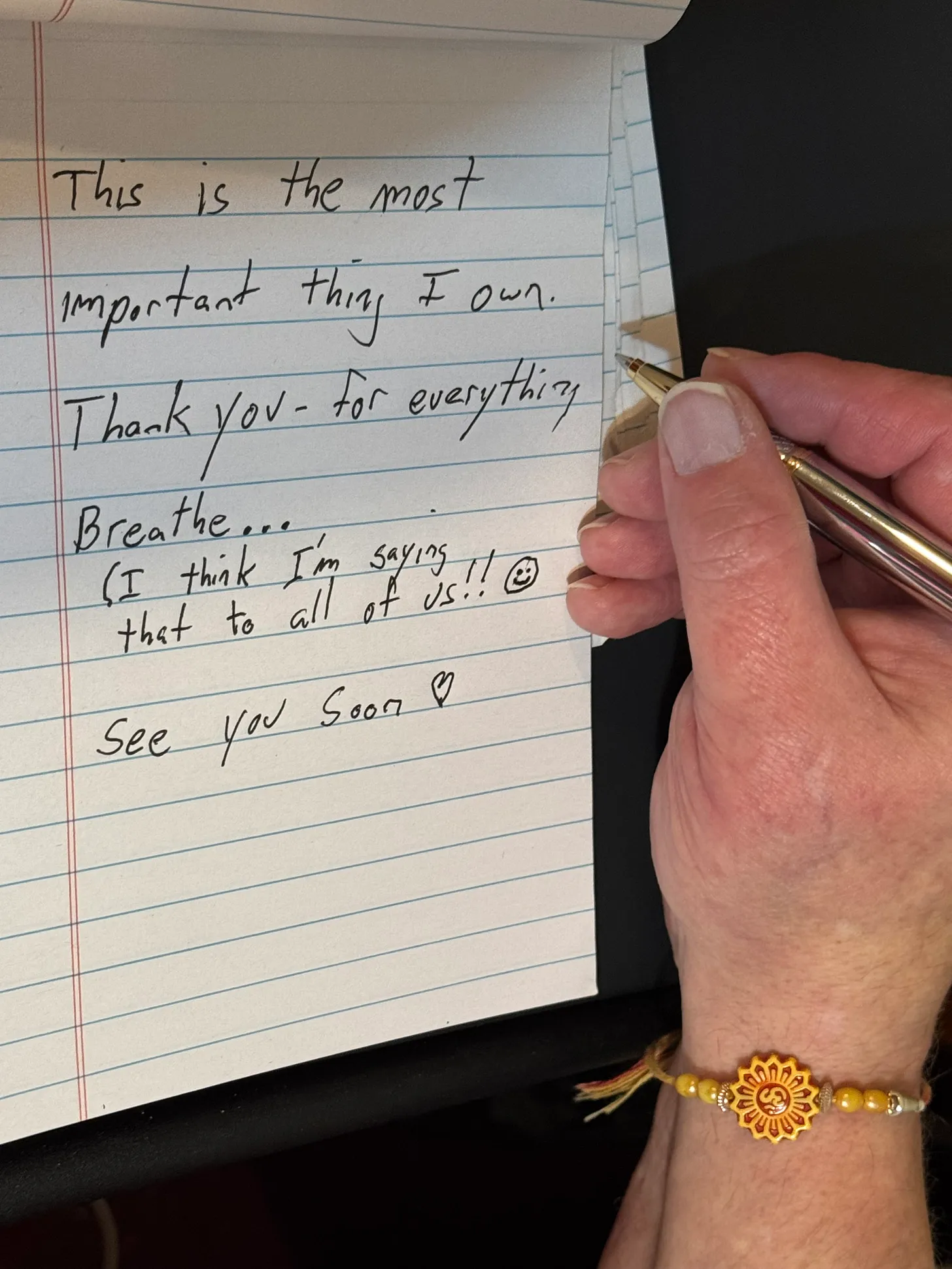How to Write a Meaningful Obituary (Step-by-Step with Examples)
By Heirloom Narratives
Because every goodbye deserves more than a template.
If you’re here, it probably means someone you love just died.
And now, on top of your grief, you’re expected to write the announcement that tells the world they’re gone.
You’re not alone.
We’re going to walk through this together—step by step—with care, clarity, and examples that show you how to write something real.
Not cold.
Not formulaic.
Something that sounds like them.
Let’s begin.
Why Most Obituaries Fall Flat (And Why Yours Won’t)
Too many obituaries read like résumés:
Jobs, dates, survivors—nothing personal.
But a meaningful obituary is different.
It captures essence, not just existence.
It tells the truth in a way that makes people pause, smile, or weep. Sometimes all three.
This guide is here to help you write that kind of obituary.
Step 1: Start With Their Spark (Not Just the Stats)
⚡️ SEO Tip: If your obituary is likely to find it’s way onto the internet (and if you’re reading this, chances are that it will)- in your first paragraph, include the person’s full name, age, location, and the word “obituary.”
What most people write:
John A. Smith, 82, of Dayton, passed away peacefully on Tuesday.
What you should write:
This obituary honors John A. Smith, 82, of Dayton—who made the world laugh louder and his garden bloom brighter. If you ever got a birthday card from him, you probably still have it.
Why it works:
Instead of starting with the fact that he died, you start with who he was. That’s what people remember.
Step 2: Build a Gentle Timeline (With Heart)
You’ll want to include the basics:
• Birthdate and place
• Parents’ names (if desired)
• Education
• Military or public service
• Career
• Marriage/children
• Death date, place, and cause (optional)
But don’t just list them.
Weave them into a human story.
Instead of this:
She was a nurse for 32 years.
Try this:
For 32 years, she walked hospital halls with quiet strength and peppermint in her pockets. She called every patient “sweetheart.”
You’re writing their story—not filling out a form.
Step 3: Tell Us Who They Really Were
This is the heart of a great obituary.
Answer questions like:
• What made them laugh?
• What did they believe in?
• How did they treat people?
• What’s one story that says it all?
Examples:
He believed no one should leave a party empty-handed.
She said grace before every meal—even drive-thru fries.
He taught us to tip big, forgive fast, and always bring jumper cables.
Let it sound like something they’d say. Or something they’d deserve to hear said about them.
Step 4: Mention the People They Loved (And Who Loved Them)
This is the “survived by” section, but you don’t have to make it stiff.
Typical:
She is survived by her husband, George, and children Mark and Angela.
Better:
She leaves behind George—her best friend of 52 years—and a family who learned from her how to love big and forgive quickly.
You can include:
• Spouse or partner(s)
• Children and grandchildren
• Siblings, parents
• Close friends or chosen family
• Pets (yes, really)
• Caregivers or nurses
List names if you’d like—but if you can add meaning to those names, even better.
Step 5: End With the Legacy, Not Just the Logistics
Most obituaries close with funeral info. That’s necessary—but don’t end only with that.
Instead, offer a parting gift.
Examples:
In lieu of flowers, tell someone you love them—and mean it. That’s what she would’ve wanted.
His memorial will be held at the local bowling alley, where he once rolled a 279 and never let anyone forget it.
Or something simple:
Her legacy lives on in chocolate-chip cookies, bedtime stories, and every child she ever comforted.
Give us one last moment that echoes.
Optional Sections That Add Soul
💬 “One Last Story”
Include a short anecdote that sums them up.
He once drove five hours to fix his daughter’s flat tire… with the wrong tools. She laughed the whole ride home.
🌱 “Life Lessons”
What did they teach just by living?
He taught us to leave things better than we found them—rooms, people, and hearts.
❤️ “The Family’s Voice” (First-Person Paragraph)
This can be incredibly moving. Keep it short.
Mom, we hope you knew how proud we were. Thank you for everything. We’ll keep your Sunday roast recipe safe—and sacred.
Sample Obituary: Classic with Heart
Obituary for Margaret Ellen Davis, 74, of Flint, Michigan
This obituary honors Margaret Ellen Davis, 74, of Flint, who made every guest feel like family and believed potato salad could fix almost anything. She passed away peacefully on Sunday, surrounded by her children and her garden’s last blooms.
Born May 3, 1950, to Ruth and Harold, Margaret lived her entire life in Flint. She fed people wherever she went—first in her family kitchen, then as the head chef at St. Mary’s Hospital. Her casseroles may not have cured anyone, but they came close.
She married Walter Davis in 1972. They danced every Saturday for 37 years. After he passed in 2009, she kept dancing in the kitchen, twirling to old records and smiling at the ceiling.
She is survived by her children, seven grandkids, and a feisty calico named Muffin. She taught us to hug tightly, forgive quickly, and bring Tupperware to every funeral—just in case.
Margaret’s memorial will be held at St. Mark’s Church on Thursday at 2 p.m. In lieu of flowers, cook someone a meal. Share it with love. That’s how she lived.
Final Thoughts
Writing an obituary may feel like an impossible task—but it’s really a love letter in disguise.
Take your time.
Tell the truth.
And speak in a voice that feels like them.
Because your words will be read by people who miss them.
People who knew them—and people who never got the chance.
Let this be their echo.
Need Help?
At Heirloom Narratives, we offer:
• Free obituary templates
• Gentle editing services
• Human-crafted tributes that sound like someone lived, not just died
📬 [Contact us here] if you’d like help.
We’re here to hold the pen with you.
Because every life deserves to be remembered beautifully.



Pingback: How to Write a Meaningful Obituary | A Love Letter, Not a Résumé